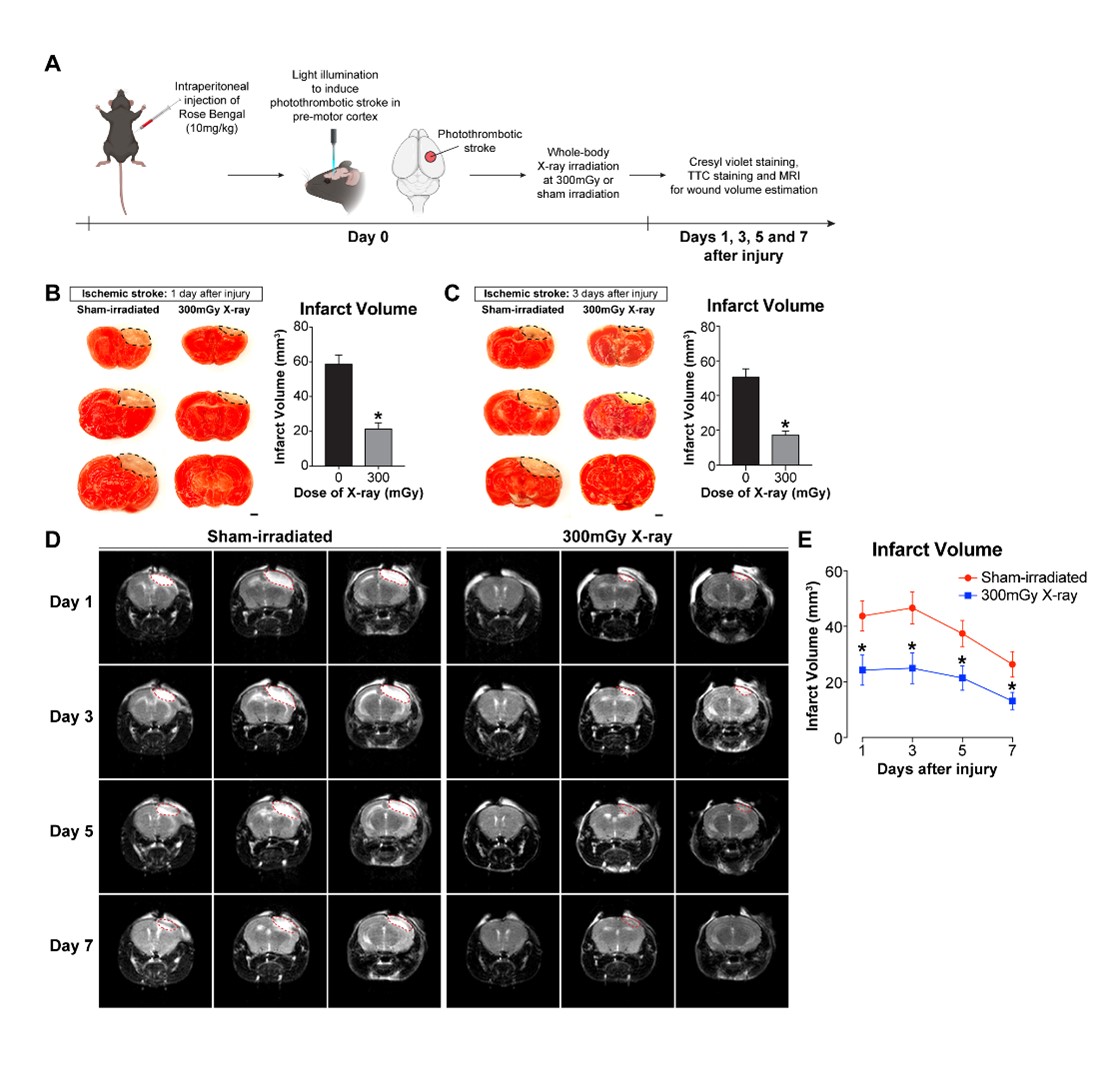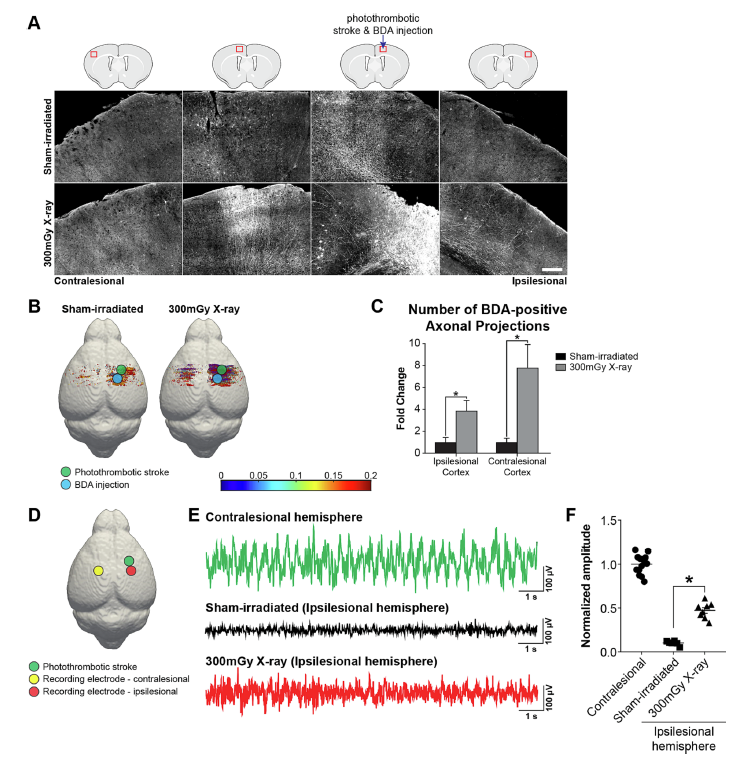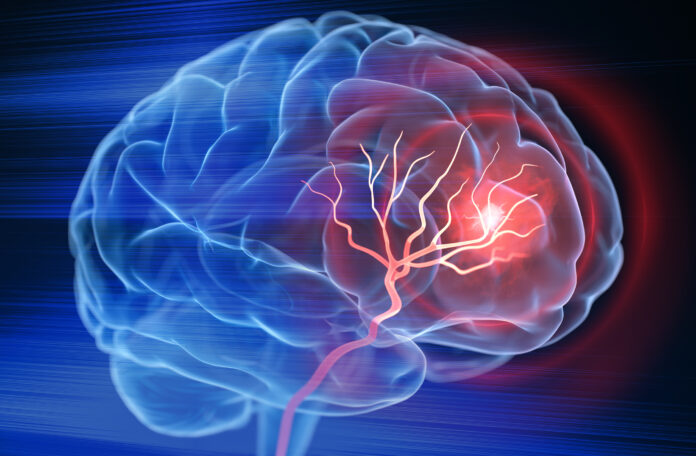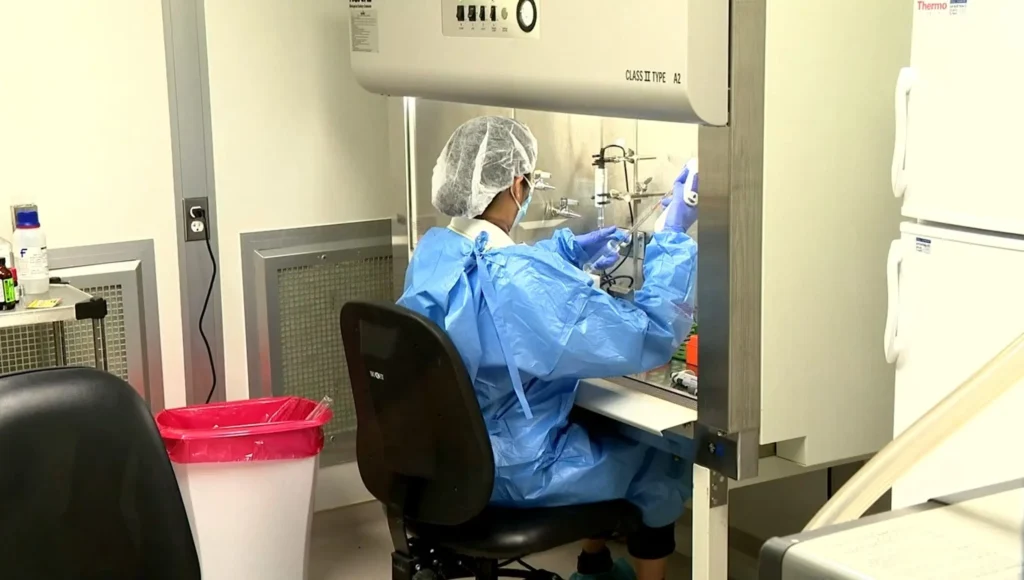In a groundbreaking discovery, a team of neuroscientists at City University of Hong Kong (CityU) has revealed the promising therapeutic effects of low-dose ionizing radiation (LDIR) in mitigating traumatic brain injury (TBI) and ischemic stroke. These conditions pose significant public health concerns globally, leading to high mortality rates and long-term disabilities in survivors.
Also Check: Glaucoma Awareness: Understanding, Early Detection, and Treatment

Unveiling a Promising Therapeutic Strategy
The research, led by Professor Eddie Ma Chi-him from the Department of Neuroscience at CityU, explores the potential of LDIR, such as X-ray irradiation, in reducing lesion size and reversing motor deficits in mice suffering from TBI and ischemic stroke. Almost half of TBI and stroke survivors grapple with lifelong motor impairments, yet effective treatments for repairing the central nervous system after brain injury remain elusive.
Immunomodulation as the Key
Drawing upon the known benefits of low-dose X-ray irradiation in enhancing adaptive responses and neuroprotection, the research team speculated that the immunomodulatory effects of LDIR could play a pivotal role in promoting wound healing and minimizing damage after brain injury. This hypothesis led to a series of experiments with promising results.
Remarkable Recovery in Mice

The study revealed that low-dose X-ray irradiation not only completely reversed motor deficits in TBI and stroke mice but also restored brain activity after stroke. Remarkably, the treatment remained effective even when delayed by eight hours, a clinically relevant timeframe that mirrors real-world scenarios where immediate treatment may not be readily available.
Lesion Size Reduction and Motor Function Recovery
Mice subjected to whole-body X-ray irradiation after cortical stab wound injury or ischemic stroke exhibited a 48% reduction in lesion size and a significant decrease in infarct volume by 43–51%. Additionally, X-ray irradiation accelerated motor function recovery, as evidenced by improved coordination, balance, and strength.
Immunomodulatory Effects Unveiled
The team conducted a comprehensive transcriptomic analysis, revealing that LDIR-treated stroke mice exhibited upregulated genes associated with inflammatory and immune responses, particularly involving microglia. LDIR induced the upregulation of anti-inflammatory- and phagocytosis-related genes while downregulating key pro-inflammatory cytokine production.
Rewiring the Brain for Recovery
Beyond the immediate effects, the study demonstrated that LDIR promoted axonal projections (brain rewiring) in the motor cortex and facilitated the recovery of brain activity months after stroke. Even with an eight-hour delay in treatment, the therapeutic effect on motor recovery remained intact.
Clinical Implications
Professor Ma emphasized the potential clinical applications of LDIR, stating that X-ray irradiation equipment is readily available in major hospitals. The strategy could address unmet medical needs by accelerating motor function restoration within a limited therapeutic window after severe brain injury. Further clinical studies are warranted to explore this as a potential treatment strategy for TBI and stroke patients.
Conclusion
Published in Brain, Behavior, and Immunity, this research, led by Professor Ma and with contributions from collaborators and PhD graduates, unveils low-dose ionizing radiation as a promising therapeutic strategy for TBI and stroke patients. The findings offer hope for addressing critical medical needs and warrant further exploration in clinical studies.






Pingback: New study reveals surprising impact of screen time on the developing brain - 𝐋𝐈𝐎𝐍𝐉𝐄𝐊 News